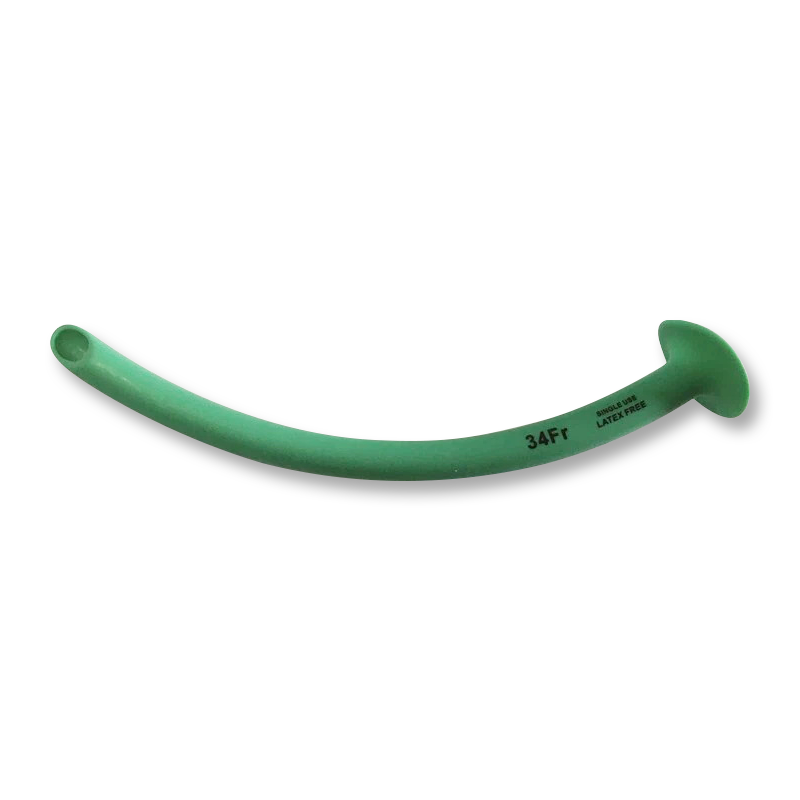TEl: +86-13148388090
Fax:+86-571-88616515
Airway Management in Pediatric Patients
Author: admin / 2024-12-11Children's airways are narrower and more flexible compared to adults, so they are more susceptible to obstruction and respiratory issues. When such problems arise, pediatric airway management techniques can prevent sudden death. In most cases, medical staff can help maintain airway patency through routine methods like airway clearance and respiratory support. Therefore, it is important to select the right airway management ways. This article will introduce common airway management methods, let's have a look at the key features of pediatric respiratory function first.
Key Physiological Features of Pediatric Respiratory Function
Lung Capacity: Children have lower lung volumes compared to adults, which gradually increase with age.
Tidal Volume: Younger children always have smaller tidal volumes.
Airway Resistance: Children's airways have higher resistance, especially in cases of small airways, which makes airway obstruction more likely.
Respiratory Reserve: Children have lower respiratory reserve and their breathing function is relatively fragile.
Minute Ventilation: The minute ventilation (calculated by body surface area) is similar in adults but overall lower in children.
Functional Residual Capacity: Children's lungs have less reserve capacity than adults.
Gas Diffusion Capacity: The total surface area of capillaries in a child's lungs is smaller, which results in a lower gas diffusion capacity.
Lung Elasticity: Children’s lungs have less elasticity, which limits their lung volume and recovery.
Incomplete Alveolar Development: Newborns have only 8% of the alveoli found in adults, and their lungs are still developing, leading to less respiratory reserve.
Anatomical and Physiological Features of Pediatric Airways
Children's heads are disproportionately large, with shorter necks, larger tongues, and more prominent occiputs, which can cause airway constriction.
Newborns and infants up to 5 months of age predominantly breathe through their noses, making nasal patency critical.
Enlarged tonsils and adenoids in preschool children can cause upper airway narrowing.
Generally, the epiglottis in children is epiglottis-shaped, which can affect intubation techniques.
Newborns have limited alveolar numbers and less lung development, reducing their capacity for reserve breathing.
Common Airway Management Methods
1. Face Mask
A face mask is the most basic method of ventilation and is widely used in pediatric anesthesia. However, in newborns and infants under 5 months, it can be challenging due to its potential to compress the nasal passages. Additionally, in preschool children with enlarged tonsils or adenoids, face mask ventilation may be more difficult. Prolonged mask use can also increase the risk of gastric insufflation and aspiration.
2. Oropharyngeal Airway
This airway is used to relieve upper airway obstruction due to an oversized tongue, particularly during anesthesia. It is crucial to select the correct size when using an oropharyngeal airway. By measuring the distance from the corner of the mouth to the angle of the jaw or earlobe, you can get the right size. Importantly, it must be placed at an appropriate depth to avoid obstructing the airway or pushing the epiglottis over the glottis, which could affect ventilation. It's also to be cautious as it can cause injury to the tongue or teeth, or slip out of position.
3. Nasopharyngeal Airway
NPA can relieve upper airway obstruction and maintain airway patency. However, this method can damage the mucosa in the nasal passages, especially in children with preexisting nasal ulcers or necrosis. The device may also accidentally slip into the esophagus, leading to inadequate ventilation and gastric insufflation.
4. Endotracheal Intubation
Endotracheal intubation is the standard for ensuring ventilation during general anesthesia. It provides an excellent oxygen supply during surgery and reduces the risk of aspiration. However, the anatomical features of children such as larger heads, shorter necks, and higher larynx position make intubation challenging. The procedure can cause trauma to the soft tissues of the larynx and lead to edema, resulting in respiratory distress. Moreover, intubation can have great effects on hemodynamics, causing increased blood pressure and heart rate, it may disrupt the normal course of surgery.
5. Laryngeal Mask Airway (LMA)
The LMA combines the advantages of both face masks and endotracheal tubes and is widely used in pediatric anesthesia. Compared to traditional intubation, LMA insertion is easier and doesn't require a laryngoscope. This method is also faster, and it creates a secure airway without causing trauma to the larynx and trachea. Studies show that LMA anesthesia is more effective in young children undergoing day surgery, as it better maintains hemodynamic stability and reduces the occurrence of respiratory complications and hypoxia.
Conclusion
The anatomical and physiological features of children's airways make airway management complex. Therefore, it is crucial to select the right method of airway management, helping quickly and effectively resolve airway issues and ensuring the child's respiratory safety.
When choosing an airway management product, it's recommended to use reliable and designed to suit the anatomical features of children. Bever Medical provides ideal airway management products to better accommodate children's anatomical structures, improving safety and ease of use. Any interests, welcome to contact us.



